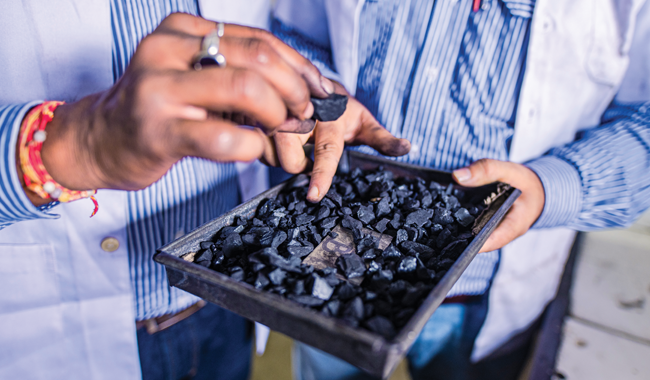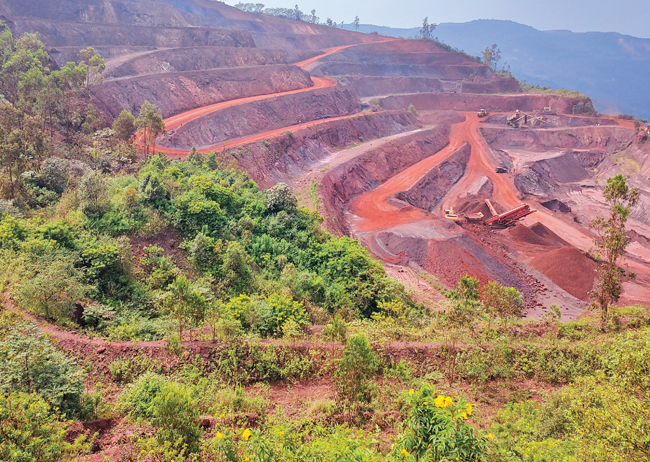The presence of our captive iron ore mines in Karnataka and Odisha offers us crucial advantages in terms of secure, stable, and high-quality raw material supply. We have the necessary resilience and control over raw material supply, further enhancing our overall business performance and mitigating potential risks.
Captive iron ore consumption
Total capacity of the Group’s captive power plants

Capitals deployed

NATURAL

INTELLECTUAL
Capitals enhanced

FINANCIAL

MANUFACTURED
Key risks
Material issues
Key trends
Coking coal mines
Odisha capability enhancement
We are focused on enhancing the capabilities of our mining operations in Odisha. Our plans include replacing the Mine Developer and Operator (MDO) with our own equipment for sustainable mining, establishing a Central Processing Unit (CPU) and beneficiation plant, implementing a conveyor system for ore transportation, setting up a grinding and slurry pumping unit at the mines, constructing a slurry pipeline with a capacity of approximately 30 MTPA, and developing a raw material handling system at Jatadhar. Additionally, we aim to build an 8 MTPA pellet plant on Jatadhar land. These initiatives require a capital expenditure of ₹13,000 crore.
Advantages
Odisha mining reserves
Production capacity (EC limit)
Karnataka mining reserves
Production capacity (EC limit)

Near-term
Long term